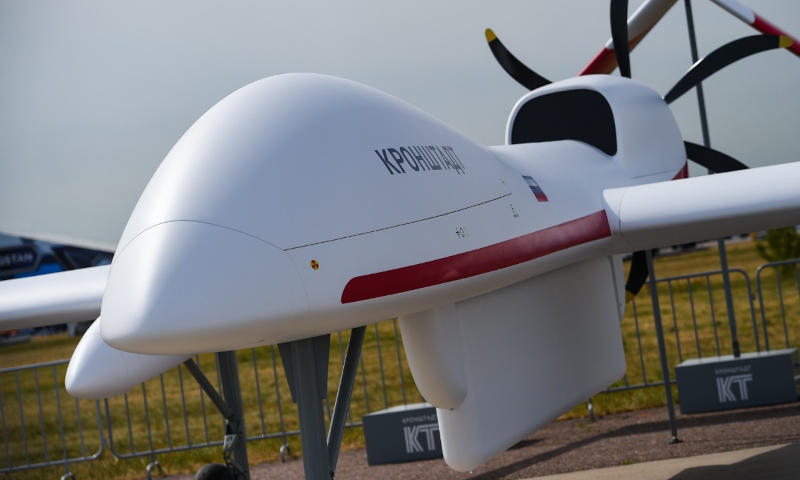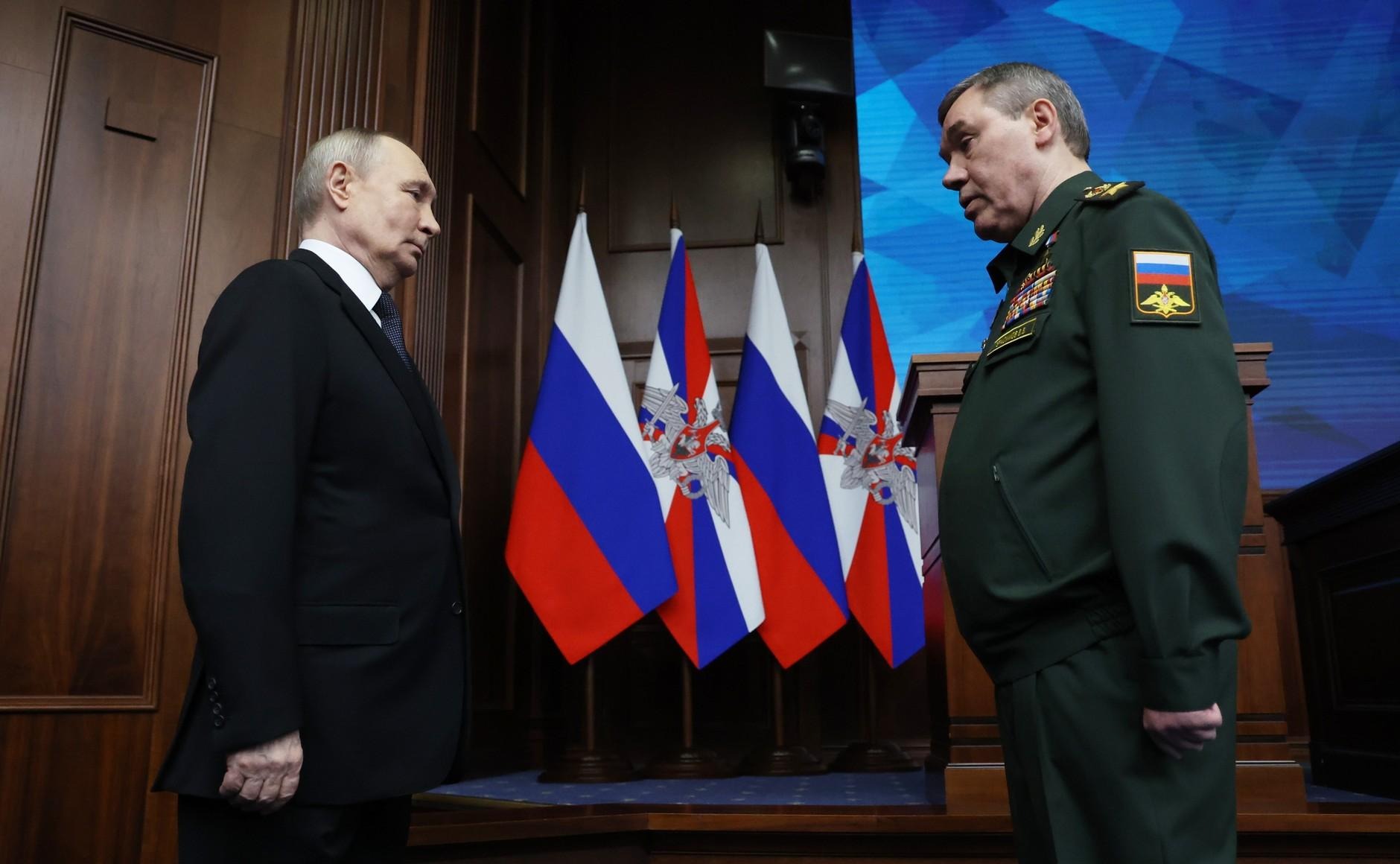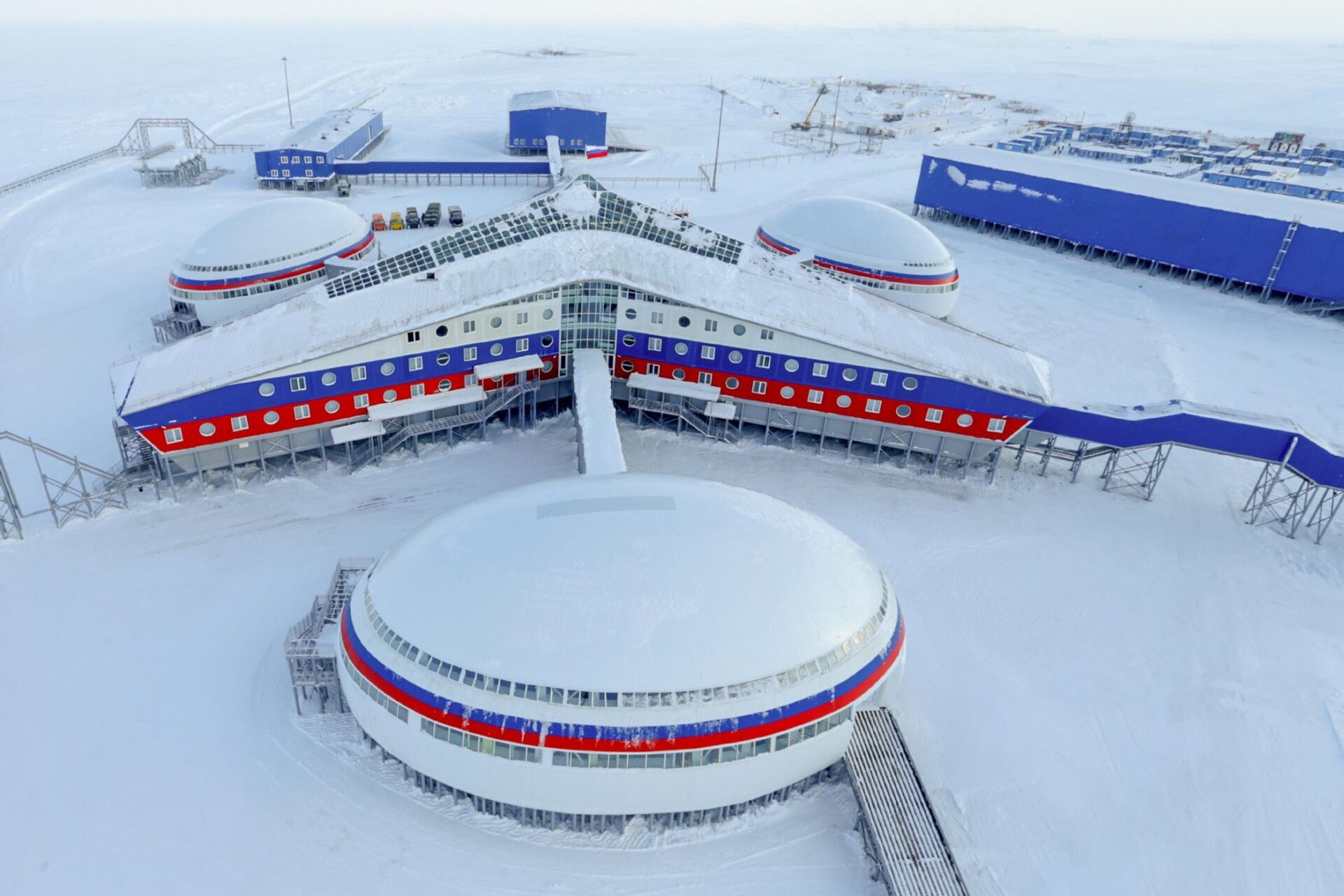
Russia’s Armed Forces Enhance UAV Strike Capability
Russia’s Armed Forces Enhance UAV Strike Capability
The joint Belarusian-Russian Zapad 2021 combined strategic exercise (sovmestnoe strategicheskoe uchenie), which lasted from September 10 to 16, witnessed numerous tests and experiments involving Russia’s Armed Forces—something that was entirely expected, since the annual strategic-operational military exercises naturally serve as the culmination of the combat training year. The Russian combined strategic exercises rotate every four years between four of the country’s five military districts (Western, Eastern, Central and Southern; excluding the newly added Northern Fleet Military District). Such exercises are used by the General Staff to assess a broad array of themes linked to military capability, combat readiness, strategic mobility and capacity to fight a wide range of conflict types. Unsurprisingly, given its prominence in exercises and combat operations, Zapad 2021 also featured further testing of the military’s network-centric warfare capability: in Russian parlance, this is essentially the Reconnaissance-Fire System (Razvedyvatelno-Ognevaya Sistema—ROS), which has been successfully combat tested in Ukraine and Syria. However, this year also included a new dynamic: the use of unmanned aerial vehicles (UAV) for strike missions rather than mainly for reconnaissance purposes (Mil.ru, September 11).
Russian military media, including official sources, reported on the use of the Strelets-M intelligence management and communications complex (Kompleks Razvedki Upravleniya i Svyazi—KRUS) during Zapad 2021, which was jointly used by Belarusian and Russian forces. Strelets-M, the technological enabler for the KRUS, harnesses modern computer and communications systems to integrate various radar, sensors and means of reconnaissance and fires at operational-tactical levels. In the active phase of Zapad 2021, this was used for transferring target designations to several types of drone platforms. The Forpost and Inokhodets UAVs received data directly from motorized rifle and tank subunits. Reconnaissance officers in these units detected enemy targets using target rangefinders and through the KRUS Strelets-M; they then transmitted the data in real time to both the command post and the UAV operators, coordinating with strike UAVs. For the purposes of conducting drone strikes, the Forpost and Inokhodets were used with guided missiles. During initial advances by Ground Forces units, the Inokhodets worked in conjunction with the light UAVs Lastochka and Orlan-10; the latter conducted reconnaissance. However, all unmanned assets were integrated within the Reconnaissance-Fire System, or ROS (Izvestia, September 21).
Integrating reconnaissance and strike drone platforms together with the KRUS Strelets-M system facilitates a rapid response to situational changes at tactical levels and improves the kill chain timing. The Moscow-based military expert Viktor Murakhovsky, outlined some features of using the Strelets-M: “Before the attack, reconnaissance reveals important targets that need to be destroyed first. But in battle, enemy reinforcements or, for example, well-camouflaged defensive structures that can stop an attack and turn the tide of an operation are often revealed. To prevent this from happening, they must be quickly destroyed. Units with KRUS Strelets[-M] in this case will be able to quickly report the coordinates of the target, and UAVs deliver an accurate strike that will decide the outcome of the battle.” Murakhovsky added that UAVs combined with on-the-ground reconnaissance spotters can accurately target enemy headquarters, communication centers, technical reconnaissance equipment or air-defense batteries (Izvestia, September 21).
In Zapad 2021, joint Belarusian-Russian reconnaissance missions exploited the KRUS Strelets-M. They searched for the deployment of armored vehicles as well as the location of command posts, fuel and ammunition depots, and railway stations for unloading the hypothetical enemy’s military echelons. The Strelets-M allows the reconnaissance group to identify and transmit exact coordinates of the targets to artillery units and aviation (Mil.ru, September 11). The Inokhodets-RU, also known as Sirius, is the first large reconnaissance and strike unmanned platform adopted by Russia’s Armed Forces. The unmanned combat aerial vehicle (UCAV) weighs a little over a ton and can remain airborne for up to 24 hours. The Inokhodets-RU has a range of more than 250 kilometers and can carry approximately 200 kilograms of ammunition. It is capable of using 120-kilogram OFAB-100-120 high-explosive fragmentation bombs. By integrating the unmanned platforms into the ROS and relying on the Strelets-M, the accuracy of striking a target from a height of four kilometers is around ten meters. The Inokhodets-RU, like the network-enabled ROS, was extensively tested in operations in Syria. Inokhodets-RU UCAVs were involved in approximately 60 combat missions for a total duration of more than 200 hours. The Forpost reconnaissance UAVs have been in service for some time. However, the modernized 500-kilogram Forpost-R was originally developed to use weapons. During Zapad 2021, it was demonstrated in action. The Forpost used the corrected 20-kilogram KAB-20S bombs created specifically for this platform (Izvestia, September 21).
In addition to the continued training of personnel in the use of the KRUS Strelets-M, which occurred in Zapad 2021, tactical units recently tested its use in the Eastern and Southern military districts. These have shown the ease of integration of fires from either artillery or helicopters (Mil.ru, Tvzvezda.ru, September 20). However, in the course of these tactical exercises, the UAV platforms were used for reconnaissance rather than strikes on enemy targets.
The use of reconnaissance and strike UAVs and UACVs integrated with the Strelets-M to link into the ROS further enhances Russian conventional strike capability. As well as greatly enhancing target acquisition and strike in real time, the KRUS Strelets-M can provide data to commanders from numerous sources. These include complexes of small-sized UAVs, portable thermal imaging devices, digital data processing sights, radiation reconnaissance devices, mine detectors, and reconnaissance-signaling equipment complexes. Acting in conjunction with laser designators that illuminate a target, high-precision systems of fire destruction of aviation and artillery are able to accurately strike their marks.
The Strelets-M is battery dependent, capable of functioning for only up to twelve hours on a single charge. Thus, the number of battery kits that the group can take with them determines the time frame for the group to complete the assigned task (Nezavisimoye Voyennoye Obozreniye, September 2).
Russia’s Armed Forces have dramatically improved fire accuracy through the creation of the Reconnaissance-Fire System, which offers a wide range of accurate fires in real time. Yet the experimentation that resurfaced in Zapad 2021—using UAVs and UACVs with the KRUS Strelets-M to offer accurate strike capability rather than simple reconnaissance—suggests a longer-term trend for the Russian Armed Forces.


